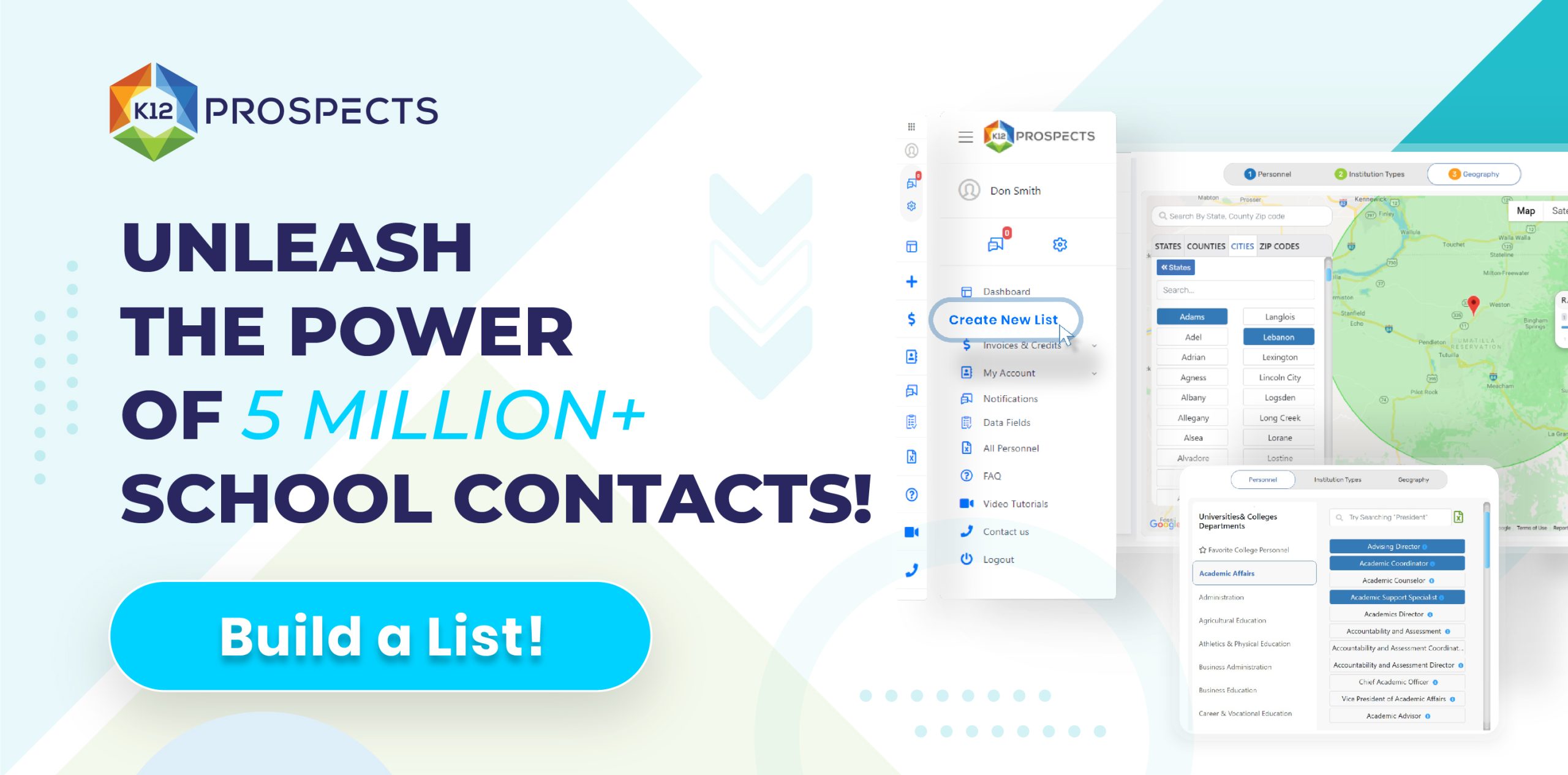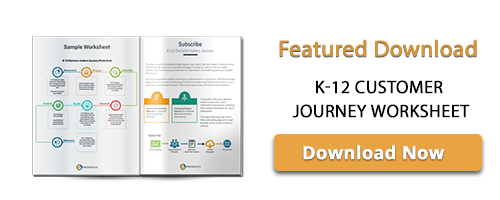Understanding the Decision-Making Hierarchy: Who Really Holds the Power in Schools and Districts?

Selling products or services to schools and districts can be a complex task. The education market is multi-layered, with a decision-making process that varies widely from one institution to another. To effectively navigate this space, companies need a clear understanding of the key decision-makers and an actionable strategy to reach them.
The Decision-Making Hierarchy in Schools and Districts
The decision-making hierarchy in schools and districts generally follows a structured chain of command. While the specifics can differ based on the district’s size and governance, the general structure includes the following key roles:
- Superintendents: Superintendents are the top executives in school districts. They oversee all schools within the district and set strategic priorities. They are often involved in approving large-scale purchases or strategic partnerships, particularly those that impact the entire district.
- School Board Members: The school board is responsible for approving budgets, policies, and major initiatives. While they do not engage in day-to-day operations, their approval is critical for significant expenditures.
- Curriculum Directors: These professionals evaluate and approve instructional materials, learning software, and curriculum resources. They ensure that offerings align with state standards and district goals.
- Principals: Principals manage individual schools and have significant autonomy over building-level decisions. They can approve purchases related to their specific school’s needs, such as classroom supplies, software subscriptions, and extracurricular programs.
- IT Directors and Technology Coordinators: These individuals play a crucial role in evaluating and implementing technology solutions. Their input is critical when selling hardware, software, or digital tools.
- Teachers and Department Heads: While they may not have direct purchasing authority, teachers and department heads often influence decisions by identifying needs and advocating for specific products.
Strategy for Selling to Schools and Districts
To successfully sell to schools and districts, companies need a structured, multi-step approach that targets the right decision-makers at the right time.
1. Research and Segment Your Target Audience
- Understand the District Structure: Research the district’s size, governance model, and decision-making processes. Large districts may have more layers of bureaucracy, while smaller districts might allow principals more autonomy.
- Segment by Role: Create segmented contact lists for superintendents, curriculum directors, principals, IT directors, and other stakeholders.
2. Build a Value Proposition
- Focus on Pain Points: Highlight how your product or service addresses specific challenges, such as improving student outcomes, streamlining operations, or saving costs.
- Align with Standards: Ensure your offering aligns with state education standards, district goals, or federal mandates like ESSA (Every Student Succeeds Act).
3. Create a Multi-Touch Outreach Plan
A well-structured outreach plan involves multiple channels and touchpoints. Here’s a step-by-step guide:
- Email Campaigns:
- Craft personalized emails for each role. For instance, superintendents might value district-wide impact, while IT directors want technical details.
- Use a professional tone and include case studies or testimonials from similar schools/districts.
- Phone Calls:
- Schedule follow-up calls after email outreach. Focus on establishing a rapport and addressing specific needs.
- Direct Mail:
- Send brochures, flyers, or samples to key decision-makers. Highlight your product’s benefits and success stories.
- Webinars and Demos:
- Host virtual events to showcase your product’s features and benefits. Invite multiple stakeholders to participate.
4. Engage Key Decision-Makers
- Superintendents and School Boards:
- Focus on strategic benefits like district-wide cost savings or improved performance metrics.
- Provide long-term projections and ROI analyses.
- Curriculum Directors:
- Highlight alignment with state standards and ease of implementation.
- Offer free trials or pilot programs to demonstrate effectiveness.
- Principals:
- Emphasize how your product solves specific school-level problems.
- Provide flexible purchasing options to accommodate varying budgets.
- IT Directors:
- Share detailed technical specifications, compatibility information, and security features.
- Offer on-site or remote support during implementation.
5. Leverage Testimonials and Case Studies
- Collect success stories from schools or districts that have benefited from your product. Highlight measurable outcomes such as improved test scores, cost reductions, or increased teacher satisfaction.
- Share these testimonials in your marketing materials and during sales presentations.
6. Attend Conferences and Trade Shows
- Participate in education-focused events like ISTE, ASCD, or state-specific conferences. These provide opportunities to network directly with decision-makers.
- Host a booth, sponsor sessions, or deliver presentations to increase visibility.
7. Follow Up Consistently
- After initial outreach, schedule regular follow-ups to maintain engagement.
- Use CRM tools to track interactions and tailor your follow-ups to each decision-maker’s interests and needs.
8. Navigate the Approval Process
- Understand Timelines: School districts often have set budget cycles and approval processes. Align your outreach with these timelines.
- Provide Documentation: Supply all necessary documentation, such as vendor registration forms, compliance certificates, and pricing breakdowns.
- Offer Training and Support: Demonstrate your commitment to long-term success by providing training sessions for staff and ongoing technical support.
Conclusion
Understanding the decision-making hierarchy in schools and districts is crucial for companies looking to succeed in the education market. By identifying the key players and tailoring your approach to their roles and responsibilities, you can build meaningful relationships and close more deals. Implementing a structured outreach strategy, backed by compelling value propositions and consistent follow-ups, will position your company as a trusted partner in education. With patience and persistence, your efforts will lead to long-term success in this rewarding sector.



